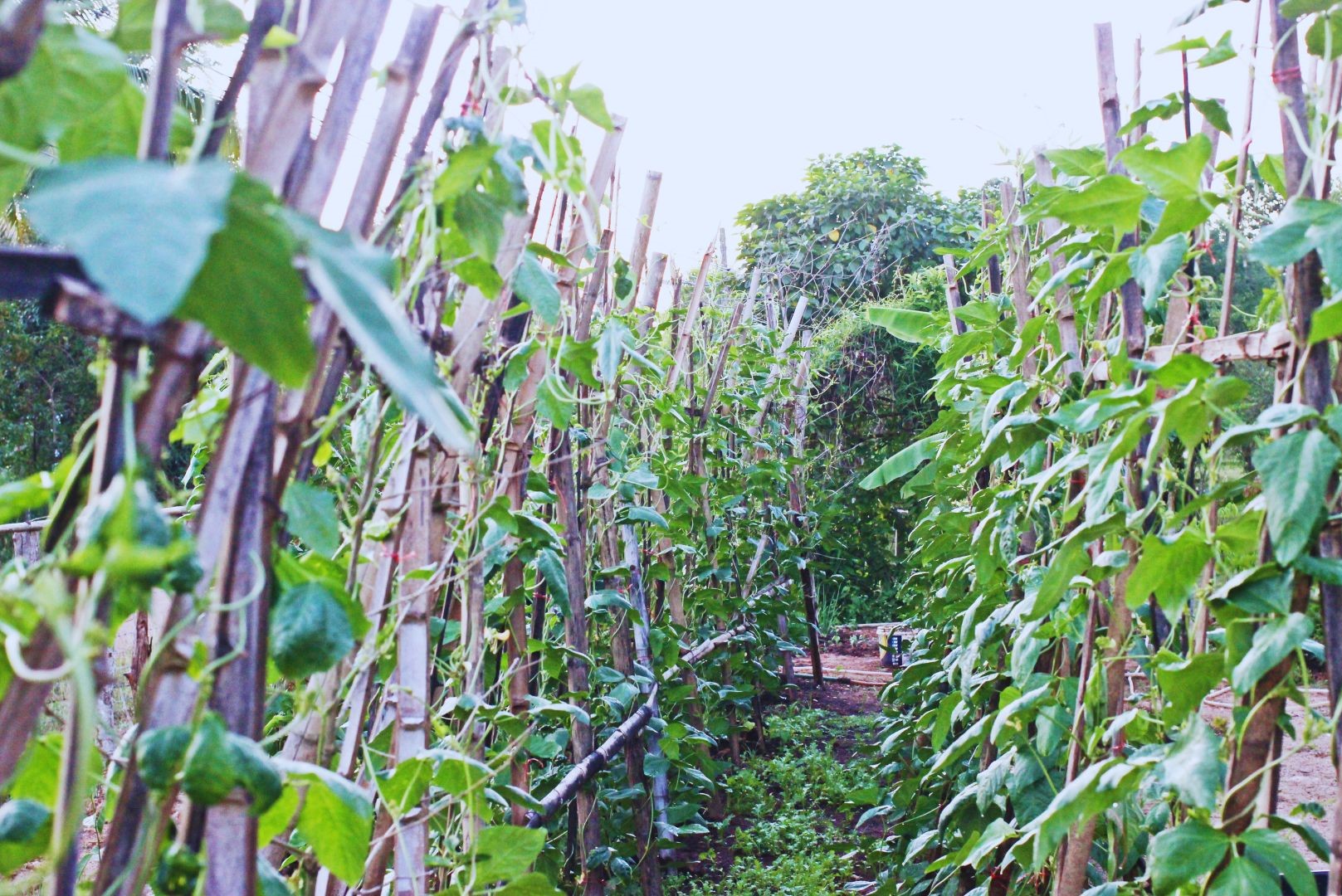Complete Guide to Growing and Harvesting Cowpeas: Planting Tips and Care
Planting and Caring of Cowpeas – How to cultivate Cowpeas
Cowpea (Vigna unguiculata) Plant Guide
Land preparation
Land should be prepared at the onset of the rainy season if the farming is rainfed. Clear the land into fine tilth and allow the previous crops or weeds to completely decompose before planting starts.
Planting cowpeas
Cowpeas are directly sowed to a depth of between 1-2 inches. With a density of 4-8 plants per foot row and 30 inches between the plants. The plants will take between 60-120 days to fully develop. Any weeds between the rows should be removed to reduce competition. Weeds compete for nutrients, sunlight, space, and water, and they also harbor pests and diseases. To reduce losses attributed to weeds, keep your farm free from weeds, but avoid weeding during the flowering stage to reduce flower fall.
Water requirements
The cowpea crop, being drought-resistant, requires little to no irrigation after the plant has been established. They can thrive in minimal annual rainfall of about 750 mm-1000 mm. Their deep taproot system, which can go up to 8ft underground, also allows the plants to access water from deep underground. The cowpea is also adapted to hot and dry conditions where their leaves turn upward to prevent them from getting too hot, and they also close their stomata to avoid water loss. Excessive rain causes flower abortion, while inadequate rains lead to poor development, both of which lead to reduced yields. High moisture content may hinder growth and development because they also become susceptible to more pests and diseases. They are also more sensitive to waterlogging than other legumes.
Fertilizer requirements – Nutrient needs of Cowpeas
Fertilizer application depends on the type and fertility of the soil. Cowpeas have low fertilizer requirements, which makes them a sustainable crop for low-income communities. They can thrive in poor-quality soils and do not require the addition of nitrogen fertilizers in order to thrive. Excess nitrogen fertilizer will suppress nitrogen fixation, which will lead to reduced yields.
Light requirements
Cowpeas require full-day sun. It is tolerable to shading and can be intercropped with other taller cereal crops like maize and sorghum.
Harvesting and Storage of Cowpeas
Cowpeas are harvested at different stages of maturity depending on the intended use. They can be harvested as green leaves, green snaps, green mature, and dry. For the leaves that are consumed as a vegetable, harvesting can start from 2-3 weeks after planting, whereas at this stage, the leaves are young and tender and are sweeter when cooked. For the green pods, harvesting starts 2 weeks after flowering, and the pods are handpicked. For matured dry pods, harvesting takes place as soon as they are mature and dry; delayed harvesting encourages infestation. For dry pods, the whole plant is picked out to reduce losses from the spilling of the pods. The cowpeas are then removed from the pods or dried further. The pods are removed by threshing and winnowing and moved to storage or consumed. Threshing is done with a stick where the dry pods will easily break and remove the extra residues by winnowing. Threshing should be done lightly to avoid seed breakage, which reduces the quality of the seeds. The cowpeas must be completely dry before storage to reduce infestations by pests and diseases during storage and reduce mold occurrence.
Storage methods are diverse depending on where the crops are being grown. In Africa, the traditional methods are mostly used, including mixing the grains with ash or sand, treating the pods with smoke or heat, or using vegetable oils and mixing soap solutions with sand or vegetable oils. Modern methods of storage include using air-tight jars, heating, and freezing.
Further reading
Cowpea Plant Information and Variety Selection
Managing Cowpea Pests and Diseases: Effective Control Strategies










































































